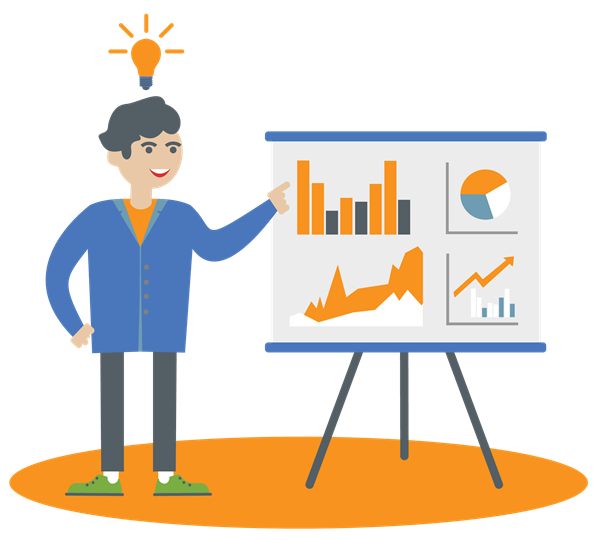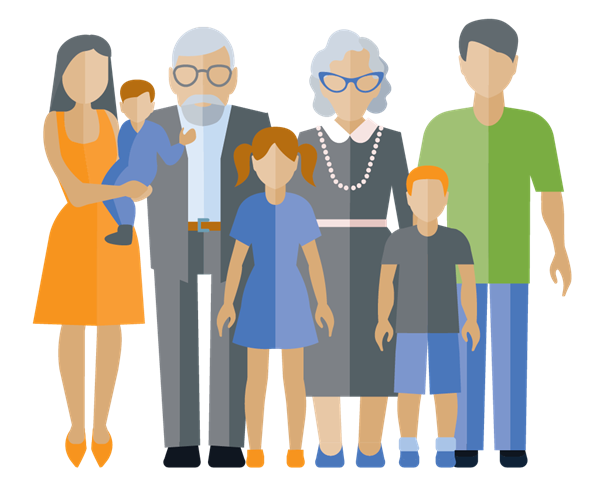|
|
  |
|
January 29, 2020
Customer Challenges Versus Utility Challenges: Shifting Our Perspectives
Have you ever thought about how low-income customers prioritize paying their monthly bills and expenses? How about what barriers exist to people who want to make their home smarter? At your utility, have you ever discussed what happens to range anxiety once people actually own electric vehicles (EVs)? These questions have profound impacts on utility program design and marketing, but they’re rarely driving factors behind either.
|
 |
|
By framing questions from the customer’s perspective (not the utility’s), it forces us to be laser-focused on human needs. For example, based on conversations with low-income individuals during our research, we found that they think of their monthly expenses in tiers. Energy bills fall into the top tier, along with rent, mortgage, credit cards, transportation, and internet. Of those expenses, energy bills cause the highest amount of stress because of their fluctuation and uncertainty. This stress level is one factor behind these customers’ general mistrust of utility companies.
I challenge you to come up with five ideas that might help address low-income individuals’ stress around energy bill uncertainty. I bet you could do it in under two minutes! This is what the E Source E Design 2020 initiative has focused on: helping our utility members better understand true customer needs and developing new or improved utility products and services to meet those needs.
How we used ethnographic research to unveil customer insights
Through our ethnographic market research, we spoke with hundreds of residential and small and midsize business customers about topics and sectors such as low income, EVs, K–12 education, and small healthcare providers. We recruited people who were engaged, passionate, and articulate in these areas so that they could clearly describe how they formed their behaviors and attitudes.
One of the customer groups we talked to was smart home technology owners. Through these conversations, we found two key barriers these admittedly tech-savvy customers face when it comes to achieving their smart home vision:
- Analysis paralysis—having so many smart home technologies out there that they don’t know where to begin
- Interoperability breakdown—figuring out how to make sure smart home technologies can effectively integrate and talk to each other
These specific insights help utilities understand the customer’s perspective, giving utilities the opportunity to come up with customer-first solutions—ideally through design thinking.
Design thinking reframes our challenges with a focus on the customer
Design thinking is a product development process that puts human needs at the core and increases the likelihood of developing attractive products and services that resonate with customers.
|
 |
|
As a quick demonstration of design thinking in action, consider the question I posed above about range anxiety. Through our conversations with EV owners, we found that range anxiety fades once they buy an EV because they quickly figure out their charging routines. What if, instead of constantly talking about range anxiety, we create marketing campaigns that feature real EV owners talking about their charging routines? That flips the conversation toward helping people better envision how an EV fits into their life.
Utility customers’ expectations are rapidly evolving, and utilities are seeing the need for customer-centricity. What better way to become more customer-centric than by having real conversations with your customers, understanding their needs and challenges, and developing solutions to meet those needs?
The future of E Source E Design and our design-thinking offerings
Through our E Design 2020 initiative, we helped nearly 40 utilities across North America develop a deeper understanding of customer needs. We taught them how to apply design thinking and how to create new or improved customer-centric products and services for their customers. We’ve seen great results: from killing one-off business programs in lieu of personalized, holistic solutions, to creating an energy choice plan for customers instead of a confusing rate design.
Although our three-year collaborative has come to an end, by no means is E Source done with ethnographic research or design thinking. We’re transitioning E Design into a utility-specific approach. We’re already working with individual utilities on exciting projects, including EVs and utility brand efforts. We’d love to work with you as well. If you have upcoming customer-facing projects that you think would benefit from our approach, please schedule a discovery call to discuss how we can work together to effectively capture voice-of-the-customer insights and to create offerings that your customers will love.
|
|
About the author
|
ADAM MAXWELL
Head of Human-Centered Product Strategy
Adam Maxwell designs, develops, and implements new products for the electric and gas utility industry, with a focus on human behaviors and design thinking. He brings human-centered design to utilities across North America through collaborative research services, workshops, and consulting. Adam builds utilities’ empathy for customers, asks challenging questions, encourages people to get out of their comfort zones, and inspires new ways to meet evolving consumer needs. For 10 years, he has helped North American utilities optimize their energy-efficiency, demand-response, solar, and distributed energy resource programs. Adam has a BA in psychology from Wesleyan University.
|
|
|
|
|
 Talk back! Let us know what you think. If you want to weigh in or chat about this topic, just email Sannie Sieper, E Source director of marketing.
|
|
|
